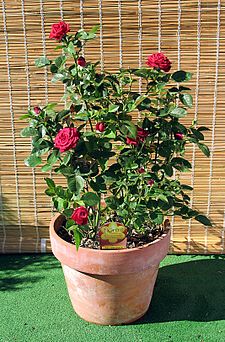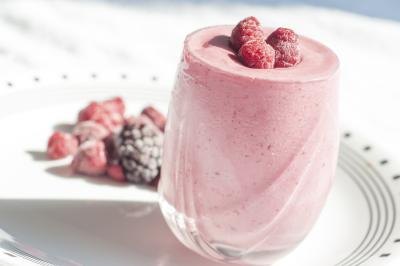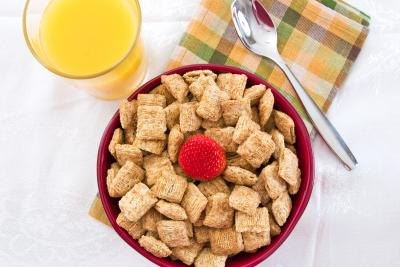Ornamental plants are plants that are grown for decorative purposes in gardens and landscape design projects, as houseplants for cut flowers and specimen display. The cultivation of these, called floriculture, forms a major branch of horticulture.

Most commonly ornamental garden plants are grown for the display of aesthetic features including: flowers, leaves, scent, overall foliage texture, fruit, stem and bark, and aesthetic form. In some cases, unusual features may be considered to be of interest, such as the prominent and rather vicious thorns of Rosa sericea and cacti. In all cases, their purpose is for the enjoyment of gardeners, visitors, and/or the public institutions.
Trees
Similarly certain trees may be called ornamental trees. This term is used when they are used as part of a garden, park, or landscape setting, for instance for their flowers, their texture, form and shape, and other aesthetic characteristics. In some countries trees in 'utilitarian' landscape use such as screening, and roadside plantings are called amenity trees.
Cultivation

Ornamental petunia plant
Garden plants
Most commonly ornamental garden plants are grown for the display of aesthetic features including: flowers, leaves, scent, overall foliage texture, fruit, stem and bark, and aesthetic form. In some cases, unusual features may be considered to be of interest, such as the prominent and rather vicious thorns of Rosa sericea and cacti. In all cases, their purpose is for the enjoyment of gardeners, visitors, and/or the public institutions.
Trees
Similarly certain trees may be called ornamental trees. This term is used when they are used as part of a garden, park, or landscape setting, for instance for their flowers, their texture, form and shape, and other aesthetic characteristics. In some countries trees in 'utilitarian' landscape use such as screening, and roadside plantings are called amenity trees.
Cultivation
For plants to be considered to be ornamental, they may require specific work and activity by a gardener. For instance, many plants cultivated for topiary and bonsai would only be considered to be ornamental by virtue of the regular pruning carried out on them by the gardener, and they may rapidly cease to be ornamental if the work was abandoned.
Meillandine Rose in clay pot
Ornamental plants and trees are distinguished from utilitarian and crop plants, such as those used for agriculture and vegetable crops, and for forestry or as fruit trees. This does not preclude any particular type of plant being grown both for ornamental qualities in the garden, and for utilitarian purposes in other settings. Thus lavender is typically grown as an ornamental plant in gardens, but may also be grown as a crop plant for the production of lavender oil.
The term
The term ornamental plant is used here in the same sense that it is generally used in the horticultural trades. The term largely corresponds to 'garden plant', though the latter is much less precise, as any plant may be grown in a garden. Ornamental plants are plants which are grown for display purposes, rather than functional ones. While some plants are both ornamental and functional, people usually use the term “ornamental plants” to refer to plants which have no value beyond being attractive, although many people feel that this is value enough. Ornamental plants are the keystone of ornamental gardening, and they come in a range of shapes, sizes and colors suitable to a broad array of climates, landscapes, and gardening needs.
Some ornamental plants are grown for showy foliage. Their foliage may be deciduous, turning bright orange, red, and yellow before dropping off in the fall, or evergreen, in which case it stays green year round. Some ornamental foliage has a striking appearance created by lacy leaves or long needles, while other ornamentals are grown for distinctively colored leaves, such as silvery-gray groundcovers and bright red grasses, among many others.
Other ornamental plants are cultivated for their blooms. Flowering ornamentals are a key aspect of many gardens, with many flower gardeners preferring to plant a variety of flowers so that the garden is continuously in flower through the spring and summer. Depending on the types of plants being grown, the flowers may be subtle and delicate, or large and showy, with some ornamental plants producing distinctive aromas which paint a palette of scents in addition to colors.
Wikipedia

















